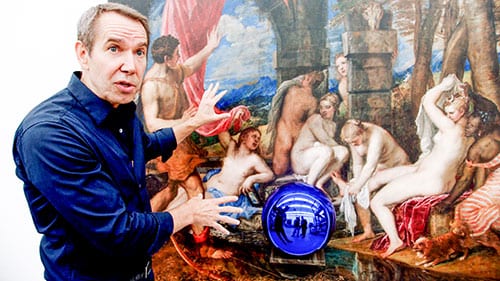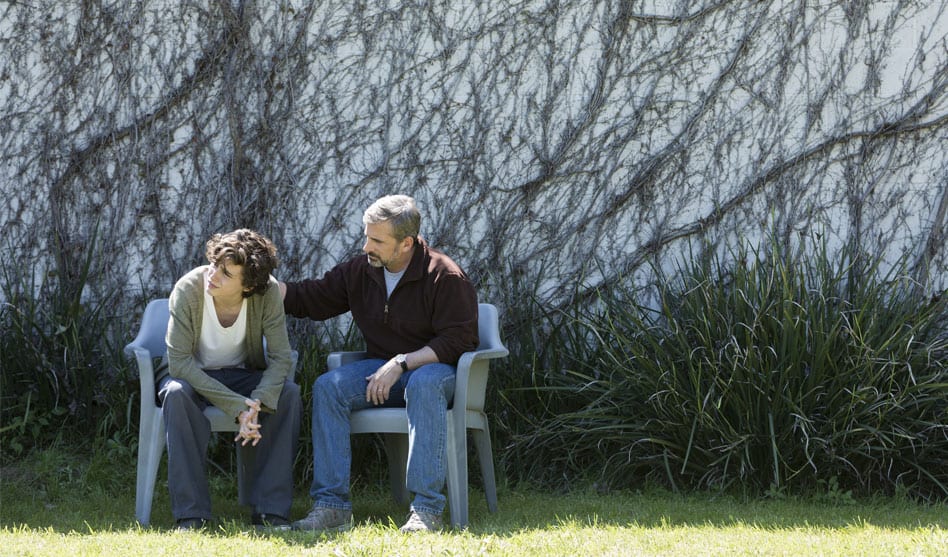Timothee Chalamet and Steve Carell, above, are better in ‘Beautiful Boy’ than the movie itself.
A disappointing trio of films aiming for award consideration: ‘Beautiful Boy,’ ‘Price of Everything,’ ‘Wildlife’
ARNOLD WAYNE JONES | Executive Editor
jones@dallasvoice.com
Around 2001, Nic Sheff (Timothée Chalamet) — a smart, seemingly well-adjusted 18-year-old on his way to college — started disappearing from the home he shared with his dad David (Steve Carell), a magazine writer, and his stepmom Karen (Maura Tierney). He had always done some recreational drugs (hey, Dad did too in his day!) but his addiction to crystal meth went further. Waayyy further. He stole, lied, escaped from rehab, relapsed. He was a junkie. And Dad has no idea what to do.
David, being a writer, turned his anguish and confusion over Nic into a series of articles, and later a book called Beautiful Boy; Nic himself eventually cleaned up his act and wrote his own memoir, Tweak, both of which form the basis of the movie Beautiful Boy, and if it sounds like a disease-of-the-week style drama, well, you got that right. Are there powerful moments? To be sure. With meth such a scourge, especially in the gay community, this profile of the complicated system of hurt, blame, wasted money, near-death and recrimination will no doubt hit very close to home for many people. But the suburbanites coping with the “other” of drug addiction feels hackneyed and director Felix van Groeningen (Broken Circle Breakdown) seems to plod through it predictably. (There’s even a scroll at the end — “drug overdose is the leading cause of death yadda-yadda” — that makes the film seem like one long public service announcement.)
What does set it apart are the performances. Chalamet’s wired, desperate mania fully captures the charm and sadness of an addict. Carell’s best scene comes when he watches his two younger children in a school pageant, and realizes he cannot know what is in store for them any more than he could have predicted what would happen to his beautiful boy.
“A cynic,” wrote Oscar Wilde, with his distinctive wit, in Lady Windermere’s Fan, “is a man who knows the price of everything and the value of nothing.” And in the modern art world, could any truer words have been spoken?

Sculptor Jeff Koons is the focus of the contemporary art documentary ‘The Price of Everything.’
In the documentary The Price of Everything — arriving on HBO on Nov. 12, but also in theaters this week for an award-qualifying run — the tension between creativity and marketability is put up for auction, and the winning bidder is… well, I’m not sure.
By happenstance, the thesis of the film (that vagaries in the opinions of arbitrary tastemakers, from gallerists to collections to auction houses to critics, can impute capricious volatility that seems unmoored to ability) pits two artists on opposing sides of the fence with eerily similar names. Larry Poons was an abstract expressionist pioneer along with Stella, Rauschenberg and their ilk, but whose work has fallen into disfavor in recent decades; Jeff Koons, on the other hand, is a virtual corporate creator in and of himself, whose “balloon” sculptures of mirrored metal have commoditized art as only Warhol could have dreamt. Who gets to decide which of then gets to sell for record prices, and who should languish in the museum basement?
The director, Nathaniel Kahn (whose own father is architect Louis Kahn, designer of Fort Worth’s Kimbell Art Museum), never answers that question, which is unanswerable anyway, but sets up how we are at cross-purposes — selling art to allow artists to make a living in a creative way, but also diminishing its meaning and power by low- and middle-brow tastes and over-exposure.
The art world, with its snotty cocktail parties and opaque discourses on the meaning of art, is a prime target for these critiques, but hardly uniquely so: The recording industry, film industry, restaurant industry and even journalism are all subject to opprobrium, as almost any insular enterprise can be. And while thoughtful and well-produced, The Price of Everything doesn’t draw any real conclusions, or promote an insight to set it apart. At least, that’s what one critic thinks. Is that enough?

Carey Mulligan and Jake Gyllenhaal play a troubled couple in ‘Wildlife.’
There’s a scene about 25 minutes into the mopey, enervating Wildlife when a department store photographer explains to a young man the reason most people come to get their pictures taken. It echoed similar scenes I recall from Mike Leigh’s Secrets and Lies and Paul Thomas Anderson’s The Master, and it was only about the ninth such echo in this movie. Which is exactly its problem. Everything feels like a retread of other, better works: A Willy Loman-esque father (Jake Gyllenhaal) and his smilingly supportive wife (Carey Mulligan); a lonesome teen tentatively reaching out to a girl in his new school; a tense confrontation with a boss (or a potential employer) from an over-eager subordinate. Paul Dano, who is known mostly as an actor, co-wrote and directed Wildlife, based on Richard Ford’s book, and if feels like an ambitious first-time effort. But unlike, say, Greta Gerwig’s debut with Lady Bird this time last year, Wildlife is dour and without forward momentum. Well-intentioned, yes, but this story of a family on the brink of collapse in 1960s Montana just sits there, like an Edward Hopper painting, waiting for us to engage with it. That never happened
for me.













